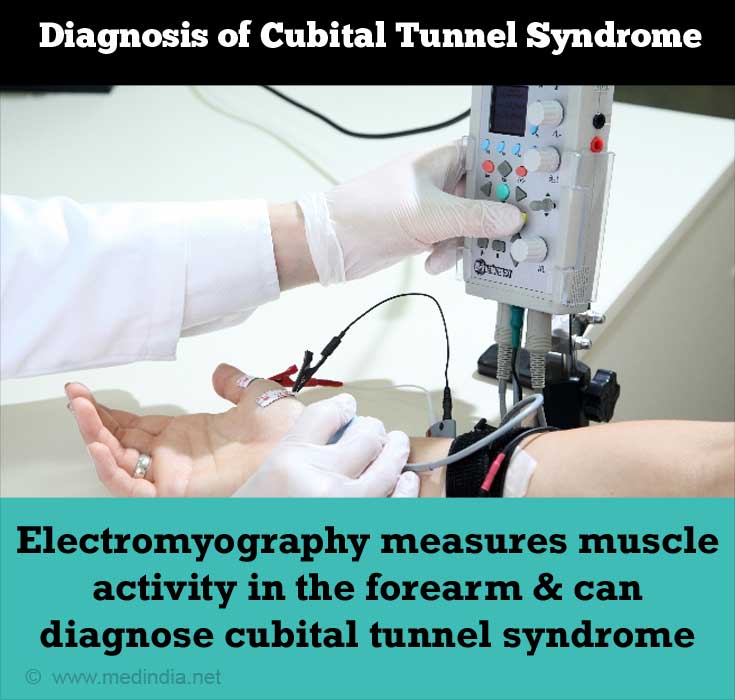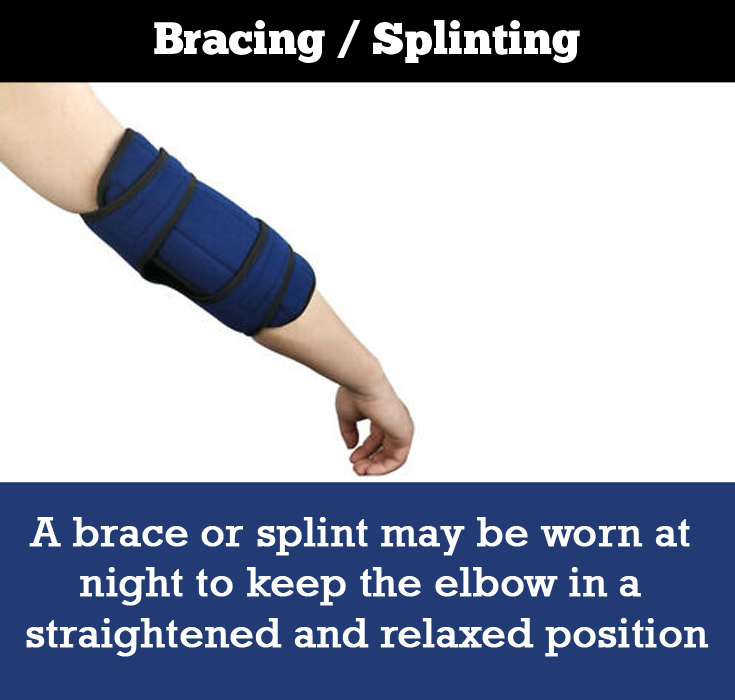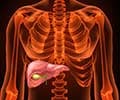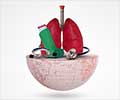- Radiopedia - Cubital Tunnel Syndrome - (https://radiopaedia.org/articles/cubital-tunnel-syndrome?lang=us)
- Ulnar Nerve Entrapment at the Elbow (Cubital Tunnel Syndrome) - (https://orthoinfo.aaos.org/en/diseases--conditions/ulnar-nerve-entrapment-at-the-elbow-cubital-tunnel-syndrome/)
- Cubital Tunnel Syndrome - An Overview - (https://www.ncbi.nlm.nih.gov/pmc/articles/PMC2599973/)
- What You Ought to Know About Cubital Tunnel Syndrome - (https://www.cedars-sinai.org/health-library/diseases-and-conditions/c/cubital-tunnel-syndrome.html)
How do you Diagnose Cubital Tunnel Syndrome?
Diagnosis involves the following approaches:
- Medical History: The doctor will take a detailed history of conditions such as diabetes, thyroid disease, and injuries. He/she will ask about symptoms such as numbness, tingling, decreased sensation in the hand and especially in the region of the ring and small finger. This information will help in the diagnosis.
- Physical Examination: The doctor will examine the area by hand and look for the following:
- Clawing: This is a claw-like flexion of the ring and little finger.
- Froment’s Sign: Weak grasping, gripping or pinching, as evident by the patient’s inability to hold a piece of paper with the thumb and index finger.
- Tinel’s Sign: Tingling or pins-and-needles sensation by tapping on the ulnar nerve at the elbow.
- Muscle Wasting: This occurs at the junction of the thumb and index finger.
- Painful Elbow Flexion: This occurs during flexion at the elbow.
- X-Ray: X-rays can detect bone spurs, arthritis and other bone abnormalities in the elbow region that may cause ulnar nerve compression.
- Magnetic Resonance Imaging (MRI): MRI may show abnormalities such as ulnar nerve thickening / hyperintensity, which are indicative of ulnar neuropathy.
- Ultrasonography (USG): USG can help to detect ulnar nerve thickening or edema formation in the elbow region, suggesting nerve damage.
- Nerve Conduction Study (NCS): This determines how fast the nerve impulses travel through the nerves. Two electrodes are inserted along the path of the ulnar nerve, one proximal and the other distal to the elbow, which measures the velocity of the nerve impulses. A conduction velocity <50 m/sec at the elbow indicates ulnar nerve compression or damage.
- Electromyography (EMG): This procedure measures muscle activity in the forearm, which is innervated by the ulnar nerve. Any abnormality in the electromyogram indicates nerve / muscle damage.(5✔ ✔Trusted Source
Radiopedia - Cubital Tunnel Syndrome
Go to source)

How do you Treat Cubital Tunnel Syndrome?
Treatment may be non-surgical or surgical, which are discussed below:
Non-surgical Treatment
Non-surgical treatment strategies are suitable when the symptoms are mild. These are effective in 50 percent of cases. Some of these approaches are indicated below:
- Non-steroidal Anti-inflammatory Drugs (NSAIDs): Initial mild symptoms can be treated with NSAIDs such as ibuprofen, naproxen, celecoxib or diclofenac to reduce pain and swelling around the nerve.
- Bracing / Splinting: A brace or splint may be worn at night to keep the elbow in a straightened and relaxed position.

- Elbow Pad: An elbow pad may be worn to prevent ulnar nerve irritation from leaning on the elbow.
- Steroid Injections: Corticosteroids such as prednisone, prednisolone, betamethasone, dexamethasone and triamcinolone are effective anti-inflammatory drugs, but are not recommended because they can cause nerve damage. These injections are given either parenterally or intra-articularly.
- Nerve Gliding Exercises: These exercises allow the ulnar nerve to smoothly glide through the cubital tunnel at the elbow and through the Guyon’s canal at the wrist. These exercises improve symptoms, as well as prevent stiffness at these two sites.(6✔ ✔Trusted Source
Ulnar Nerve Entrapment at the Elbow (Cubital Tunnel Syndrome)
Go to source)

Surgical Treatment
Surgery benefits over 85 percent of patients who do not respond to non-surgical treatments. It aims to relieve pressure on the ulnar nerve and prevent muscle weakness / wasting. The following surgical procedures are used:
- Cubital Tunnel Release: Also known as ulnar decompression, this procedure involves cutting the ligament at the roof of the cubital tunnel to increase the space within the tunnel and release the pressure on the nerve.
- Ulnar Nerve Anterior Transposition: In this procedure, the ulnar nerve is moved from its usual position behind the medial epicondyle to the front part of the elbow. This prevents overstretching the nerve during flexion. The nerve can be placed above the muscle layer but below the skin (subcutaneous transposition); within the muscle layer (intramuscular transposition); or below the muscle layer (submuscular transposition).
- Medial Epicondylectomy: This involves excision of a part of the medial epicondyle, preventing the nerve from being caught in the bony projection as well as overstretching it when the elbow is bent.
Surgical Complications: The two major complications of surgery are recurrence and neuroma formation.
Surgical Outcome: This depends on the severity of the compression. Numbness resolves slowly. Worsening of muscle weakness is prevented, but muscle strength is not easily regained and is usually slow and incomplete.(7✔ ✔Trusted Source
Cubital Tunnel Syndrome - An Overview
Go to source)
How do you Prevent Cubital Tunnel Syndrome?
Cubital tunnel syndrome can be prevented by reducing or stopping all activities that involve bending the elbow. However, prevention is not always possible due to the peculiar anatomy of the elbow itself.
Some preventive measures are highlighted below:
- Avoid activities that keep the arms bent for prolonged periods of time.
- Avoid resting the elbows on the armrest of a chair while using the computer.
- Avoid resting the elbows on the open window while driving a car.
- Keep the elbows straight while sleeping.
- Wear a headset while using a phone to avoid ulnar nerve stretching.
- Wear protective elbow pads if leaning on the elbows is unavoidable for certain occupations or activities.(8✔ ✔Trusted Source
What You Ought to Know About Cubital Tunnel Syndrome
Go to source)









